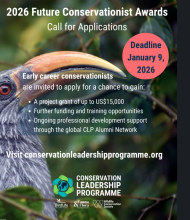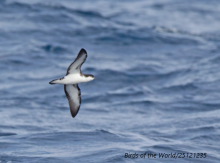
The excerpt below from the Forward to the IUCN book (2.4 mb) is sobering. I remember when managing a protected area was pretty much just about items 1 and 4, big challenges by themselves for a protected area staff. In later years in Africa we were building schools and hospitals, tourist facilities, managing micro-grants for entrepreneurial programmes and overseeing a parade of other socio-economic projects. But the elephants and other wildlife were still declining inside the park and encroachments into protetced areas continued. Maybe we didn't have all of the skills discussed in this book.
As the global coverage of protected areas approaches 20% of the land surface and 10% of the sea surface, more and more individuals, agencies and communities are responsible for safeguarding the planet’s natural and associated cultural heritage. Managing protected areas is becoming more demanding and more diverse. Today’s managers, staff and stewards are expected to:
- Protect species, habitats and ecosystems;
- Maintain ecosystem services, vital for local and national economies;
- Support local sustainable development and use of natural resources;
- Provide opportunities for tourism and recreation;
- Promote equitable forms of governance;
- Adopt entrepreneurial approaches for generating vitally needed funding;
- Argue the case for protected areas in government legislative and decision-making processes; and
- Manage large, complex organisations and work in partnership with other sectors.
Today's protected area managers will sure need a bunch of skills. However, as the book points out no one or organisation can possess them all. The book displays a set of building blocks that can be flexibly used and adapted by the protected areas sector (according to local needs, contexts, working practices and cultures) to guide, inspire and recognise better practice and performance in protected area management. Guidance is provided on how to make use of the competences to create staffing structures, specify job descriptions and terms of reference, identify performance indicators, conduct a range of needs assessments, and design courses and curricula.









